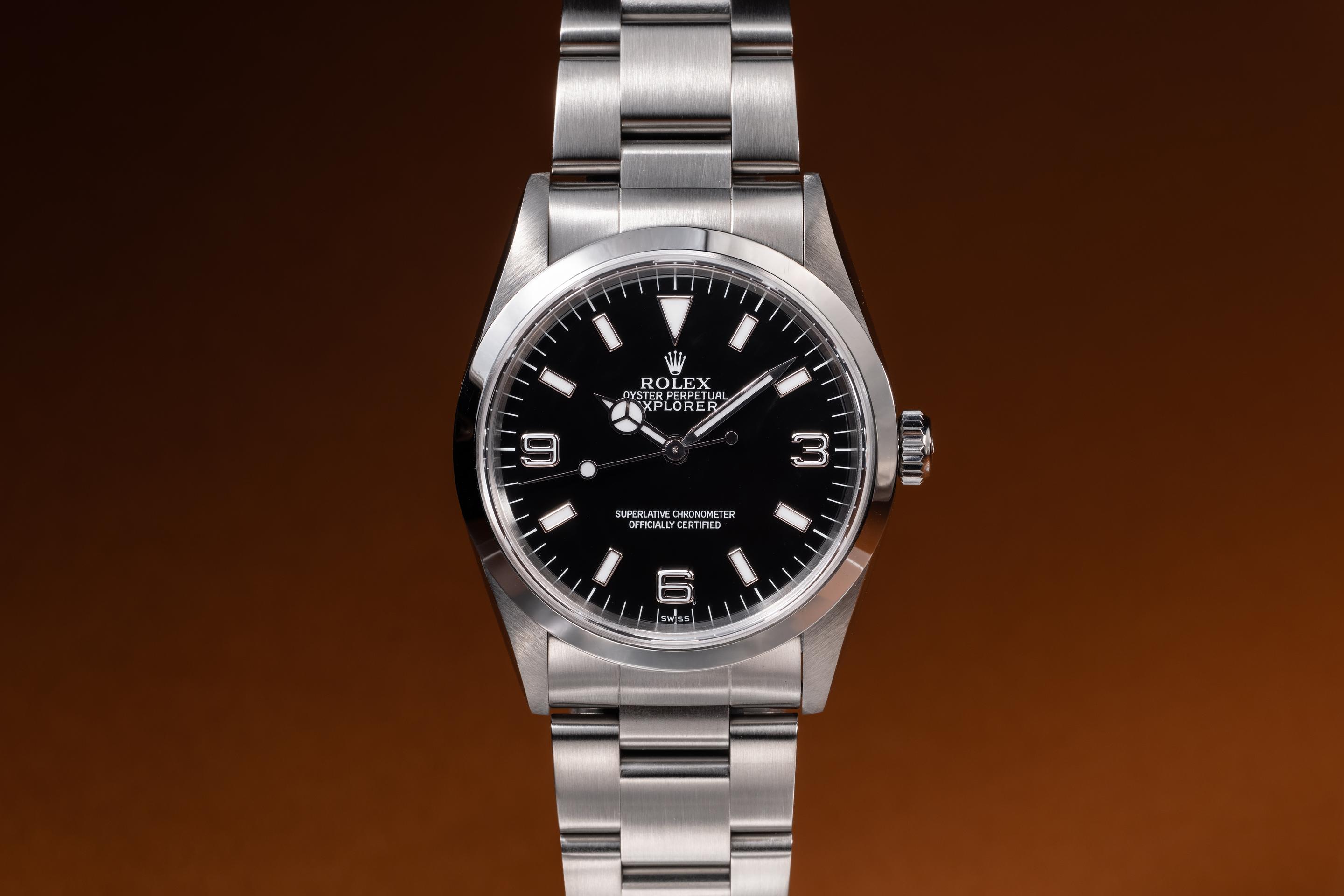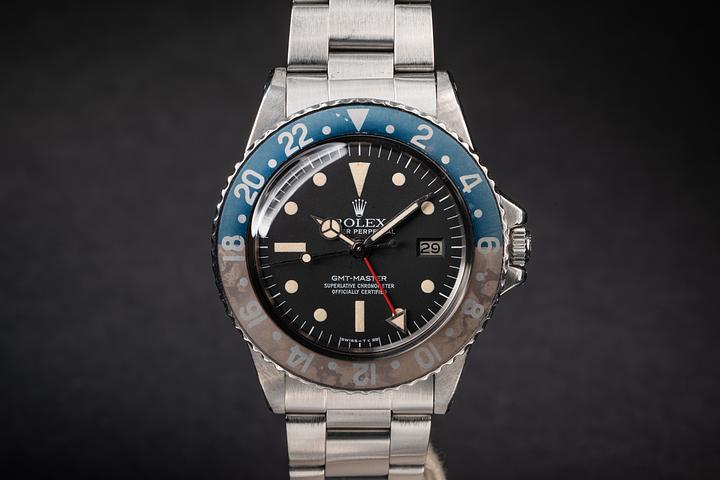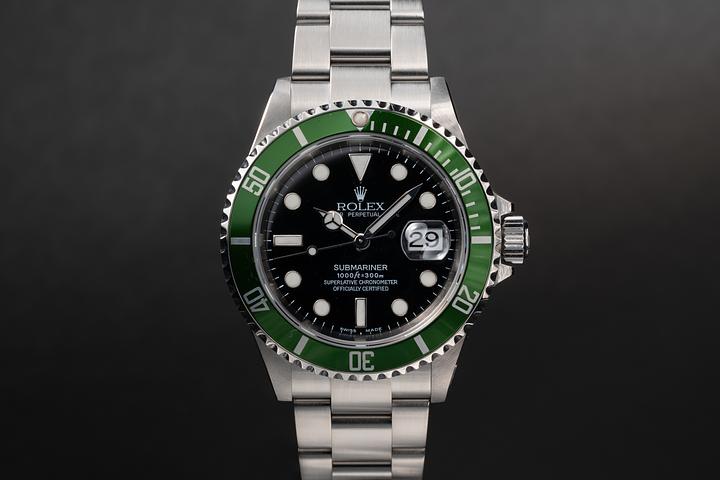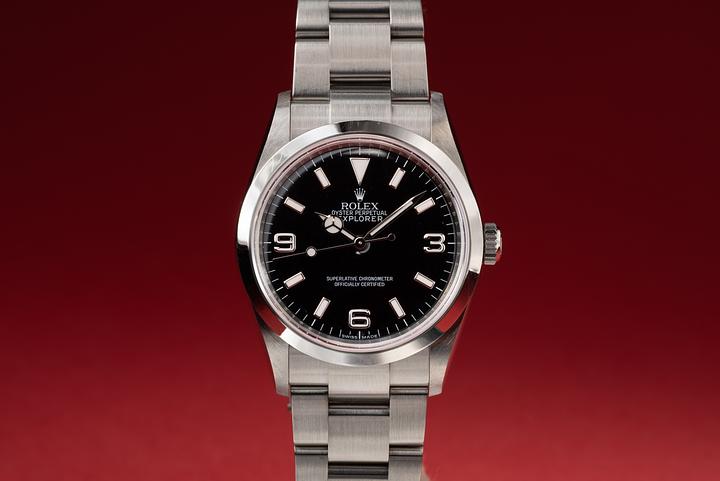Rolex Watch Prices Explained: Models, Features, and Value

How Much Do Rolex Watches Cost? A Deep Dive Into Value, History, and the Swiss Legacy
Rolex stands as one of the most recognized and respected names in the luxury watch industry. As a pinnacle of the Swiss watchmaking tradition, Rolex represents craftsmanship, precision, and prestige. Yet one of the most common questions from enthusiasts and first-time buyers alike remains: how much do Rolex watches actually cost? Answering this requires more than just listing figures—it calls for an understanding of the brand’s heritage, pricing structures, and the intrinsic value Rolex continues to hold. In this detailed exploration, we’ll break down Rolex pricing by model, discuss the factors driving their cost, and examine how the Swiss watch industry context supports the brand’s lasting appeal.
Understanding the Foundation of Rolex Pricing
A Rolex is more than a watch. It is the culmination of over a century of mechanical innovation, design evolution, and brand excellence. To appreciate the cost of a Rolex, one must first recognize the ecosystem in which it exists. Founded in 1905 by Hans Wilsdorf, Rolex has remained a leader in horology, responsible for pioneering the first waterproof wristwatch (the Oyster) and the world’s first self-winding mechanism with a perpetual rotor. Rolex watches are entirely built in Switzerland, a country known for its rigorous standards in craftsmanship, which naturally influences pricing.
Currently, the price of a new Rolex watch typically starts around $6,500 and can extend well into the six-figure range. However, citing these numbers without context undermines the subtle pricing structures configured across different collections and models. These figures fluctuate based on materials, complications, historical significance, rarity, and even market demand. Let’s examine this further by looking at specific product families and the varying cost considerations involved.
Entry-Level to Mid-Range: Oyster Perpetual and Explorer
The Oyster Perpetual remains the most accessible Rolex in terms of price point. Designed as an everyday watch, the Oyster Perpetual embodies the brand’s foundational values. It is purposeful, when you think about it—free of unnecessary embellishments, yet executed with the same attention to detail as higher-end models. Pricing for the Oyster Perpetual begins at approximately $6,500 for the 36mm variant, though some discontinued versions on the secondary market have climbed beyond that due to strong demand.
The Rolex Explorer, another historical reference, serves those who favor adventure and simplicity. Introduced in 1953, the Explorer became iconic as the wristwatch worn on the first successful ascent of Mount Everest. New models start around $7,900, offering a stainless steel case, excellent legibility, and durability that matches Rolex’s legacy for resilience. The Explorer II, with its added functionality (24-hour hand, date complication, larger size), enters the market closer to $9,500 and up, depending on configuration.
Professional Models: Submariner, GMT-Master II, and Daytona
Rolex’s professional collections continue to attract global attention, not only for their functionality but for the standing they command in both collector and commercial markets. The Submariner, a watch deeply tied to the emergence of modern diving culture, begins at approximately $9,100 for the no-date version in stainless steel. With the date function and Cerachrom bezel, this cost increases to around $10,250. Variants with yellow gold or dual-tone finishes jump past $14,000 to $39,000 based on specifics.
The GMT-Master II, originally produced for Pan Am pilots flying intercontinentally, now serves both enthusiasts of travel and design. The “Pepsi” and “Batman” nicknames designate bezel color variations that drive desirability. New stainless steel GMT-Master II models typically range between $10,700 and $11,250, though limited availability can push secondary market prices even higher. Gold or two-tone models will often exceed $15,000 or more.
The Cosmograph Daytona, a piece born from motor racing, is one of Rolex’s most sought-after watches. Current retail price starts at approximately $15,100 for the stainless steel version, while Everose gold models climb to $41,000 and above. Interestingly, the iconic ceramic bezel model in stainless steel can command market prices well above retail, driven by long waiting lists and limited production. The pre-owned value of certain Daytona references has reached six figures, particularly for the Paul Newman models from the 1960s and ’70s.
High-End and Precious Metal Models: Day-Date and Sky-Dweller
The Rolex Day-Date, often referred to as the “President's Watch,” stands at the higher echelons of Rolex catalog pricing. Only made in precious metals such as yellow gold, white gold, Everose gold, and platinum, the Day-Date exemplifies horological and aesthetic luxury. Retail pricing begins at approximately $38,500 for gold models and can reach over $60,000 depending on dial style, case size, and bracelet type. Platinum references, particularly those with intricate dials like ice blue or meteorite, regularly exceed $75,000 at retail and hold significant value over time.
The Sky-Dweller is Rolex’s most complex annual calendar watch, designed for global travelers and professionals. Released in 2012, its sophistication is matched by its substantial presence and functionality, featuring both dual time zones and an innovative SAROS annual calendar. Stainless steel versions start around $15,650, while gold models quickly ascend past $45,000. Often overlooked in comparison to the Daytona, the Sky-Dweller represents excellent value from a technical perspective.
Vintage Market and Secondary Pricing Realities
One of the most compelling factors influencing how much Rolex watches cost is the vintage and secondary market. Unlike most consumer products, many Rolex watches not only retain their value but often increase over time—a testament to their enduring desirability and solid construction. Vintage Submariners, for example, especially those with “gilt” dials or rare bezel configurations, can easily command six figures. The same applies to earlier Daytonas, Sea-Dwellers, and even certain Datejust references.
The soaring premiums in the second-hand market are often the result of supply constraints from Rolex itself combined with carefully managed distribution. Waitlists can stretch years, particularly for stainless steel models like the Submariner or Daytona, leading prospective buyers to turn to authorized resellers or private sales where prices reflect market demand more accurately than retail catalogs.
The Swiss Industry Influence Behind Rolex Prices
To contextualize Rolex’s price structure, it’s helpful to recognize Switzerland’s broader role in the global watch market. Swiss watches represent roughly half of the world’s luxury timepiece export value, despite accounting for a small percentage of production. That discrepancy is made possible by high standards, vertically integrated manufacturing, and generational expertise.
Rolex distinguishes itself even among its peers. It controls every aspect of production—from smelting its own gold alloys to assembling and testing every movement in-house. This level of control offers quality assurance unmatched in even the larger Swiss industry. Additionally, Rolex is a private entity owned by the Hans Wilsdorf Foundation, enabling long-term control over production strategies unconcerned with shareholder demands. This governance is one reason the brand preserves consistency and quality across its range while justifying its premium pricing across decades.
Conclusion: What It Means to Pay for a Rolex
The true cost of a Rolex is never merely found on the price tag. It is reflected in the care taken by expert hands, the century-old traditions that support it, the value it retains over time, and the rarity that scarcity often enhances. Whether you are investing in an Oyster Perpetual or a platinum Day-Date, purchasing a Rolex is a declaration—not just of taste, but of an appreciation for craftsmanship, engineering, and legacy. In the expanse of the Swiss watchmaking landscape, Rolex not only holds its ground—it defines it.




